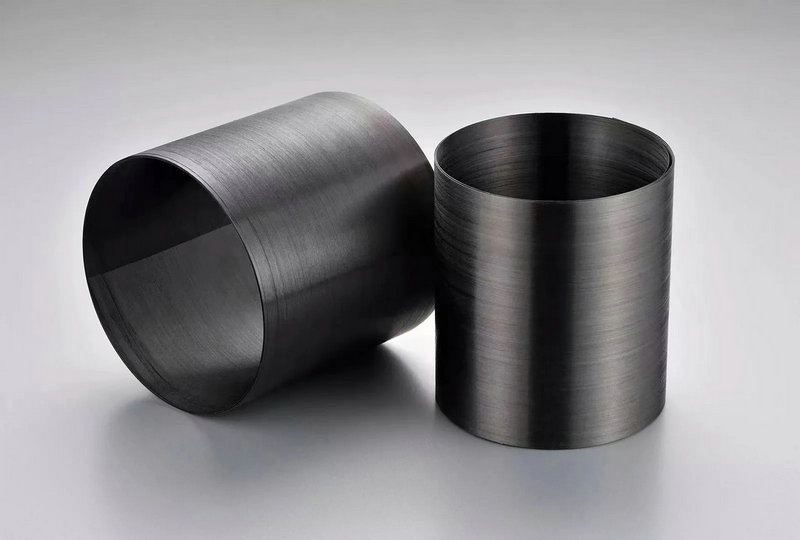
Polyetheretherketone (PEEK), also known as Ketron, is a high-performance polymer material that is known for its low friction and wear resistance:
Low friction coefficient: PEEK's low friction coefficient helps ensure smooth movement between components and reduce energy losses.
Wear resistance: PEEK is a promising rubbing material when exposed to sliding wear. However, wear rates are generally higher when lubricated with water or other aqueous solutions than when dry.
Heat resistance: PEEK has a glass transition temperature of over 140°C and a continuous use temperature of typically 260°C.
Chemical resistance: PEEK is chemically resistant.
Lightweight: PEEK is built tough and lightweight for harsh environments.
Impact resistance: PEEK exhibits great hardness and resilience against impact.
Injection moldable: PEEK is a high performance injection moldable polymer.
Fillers can be added to PEEK to improve its wear resistance in aqueous environments. Research is also ongoing to develop new nano-fillers that can improve PEEK's mechanical tribological characteristics.
Is PEEK wear resistant?
PEEK Unfilled: Provides excellent wear and chemical resistance. Carbon Reinforced: Offers greater strength and enhanced wear resistance, making it suitable for applications requiring high durability.
What is the wear coefficient of PEEK?
The highest wear rate for pure PEEK under dry sliding conditions has a value of 1.52 x10−14 m2/N at 0.40 m/s sliding speed and under 200 N applied load. The lowest wear rate is 4.55 x10−14 m2/N for pure PEEK under water-lubricated conditions at 0.40 m/s sliding speed and under 50 N load value.
What is the impact resistance of PEEK?
PEEK plastic exhibits great hardness and resilience against impact. ARKPEEK-1000® PEEK has the following values for resistance to indentation and impact: Rockwell M hardness (ISO 2039-2): 105. Rockwell M hardness (ASTM D785): 100.
Is PTFE better than PEEK for wear resistance?
In summary, PEEK is preferred for applications demanding strength and low deformation, while PTFE excels in applications requiring resistance to voltage or chemicals. PTFE's self-lubricating properties make it a top choice for high-wear applications.
What is the friction of PEEK?
Polyetheretherketone (PEEK) is another kind of polymer with high wear resistance, mechanical strength as well as operational temperature, and the coefficient of friction (COF) of PEEK is greater than 0.4 under dry sliding.
What is the friction factor of PEEK?
The intense mixing of the fluid in turbulent flow as a result of rapid fluctuations enhances momentum transfer between fluid particles, which increases the friction force on the pipe wall and thus the required pumping power. The friction factor reaches a maximum when the flow becomes fully turbulent.